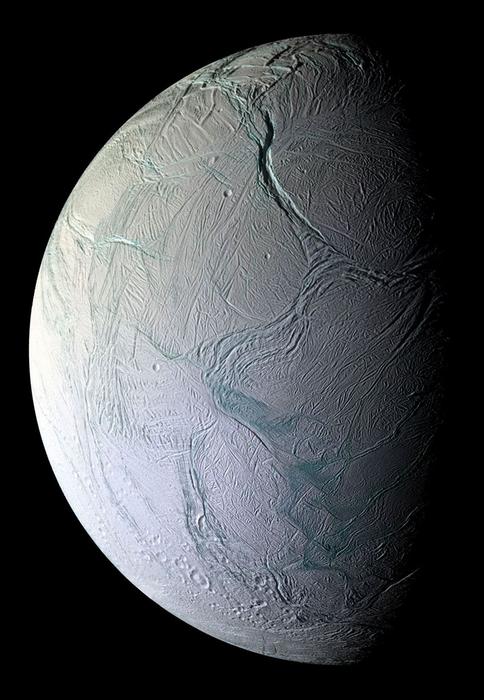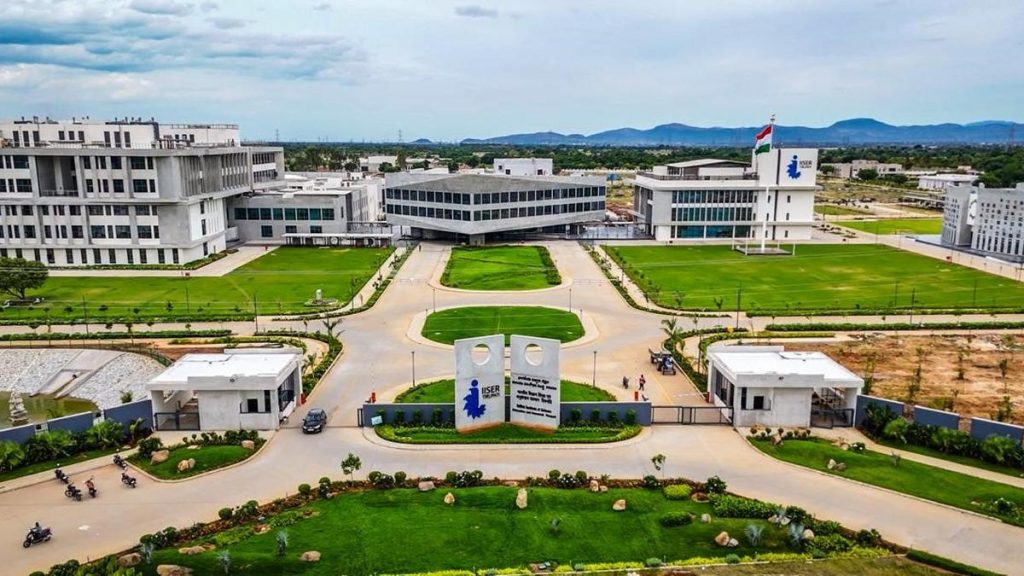Now Reading: Cosmic Rays May Sustain Hidden Life on Mars
-
01
Cosmic Rays May Sustain Hidden Life on Mars
Cosmic Rays May Sustain Hidden Life on Mars

Speedy Summary
- New Study Findings: Cosmic rays may enable microscopic life to exist underground on Mars, Enceladus (Saturn’s moon), and Europa (Jupiter’s moon) by energizing biological activity through radiolysis.
- Radiolysis Process: Cosmic rays impact water or ice, releasing electrons that can sustain bacteria without nutrients like sugars.This expands the understanding of environments where life may be possible.
- Computer Simulation Results: Researchers persistent metabolic activity could be sustained at certain underground depths. Enceladus showed the highest potential for life, followed by Mars and Europa.
- Implications for Space Exploration:
– Challenges prior assumptions that sunlight or volcanic heat are necessary for sustaining life.
– Introduces the concept of a “Radiolytic Habitable Zone,” suggesting darker and colder subterranean environments wiht water could host life.
Read More: Discover Article Link
Indian Opinion Analysis
The study offers intriguing insights relevant to India’s growing interest in space exploration. As ISRO continues its research on planetary science, especially with missions targeting lunar and Martian exploration (e.g., Chandrayaan and Mangalyaan), this discovery underscores new avenues for astrobiology research-possibly leveraging observational data from future Indian missions.
Understanding cosmic radiation’s ability to sustain microbial metabolism allows scientists worldwide-including India-to rethink strategies when designing instruments aimed at detecting extraterrestrial biosignatures beneath planetary surfaces. For India specifically, incorporating technologies capable of analyzing subsurface conditions might strengthen its capability in upcoming interplanetary missions.
Additionally, as global discussions grow regarding human colonization of planets like Mars, these findings provide critical data to address challenges posed by cosmic radiation-an area where collaborative research efforts between ISRO and international agencies could prove fruitful.
India should also capitalize on such studies to contribute meaningfully in redefining what constitutes habitable zones beyond traditional “Goldilocks Zone” criteria within space sciences.
read More: Discover Article Link
























